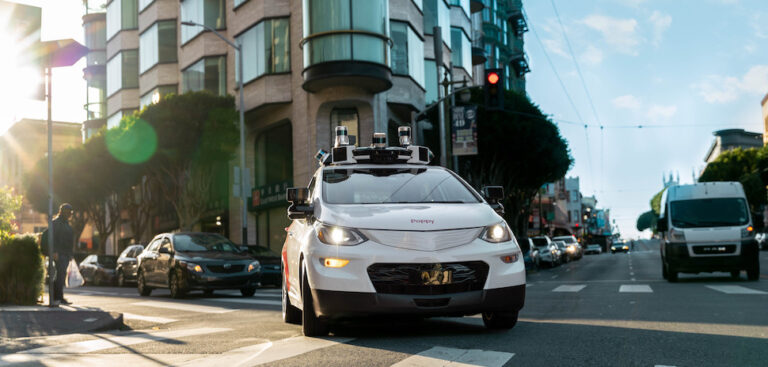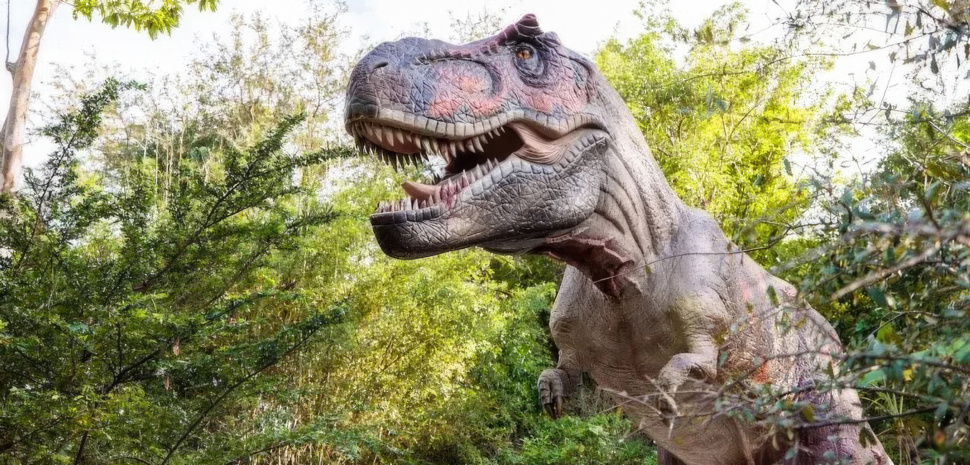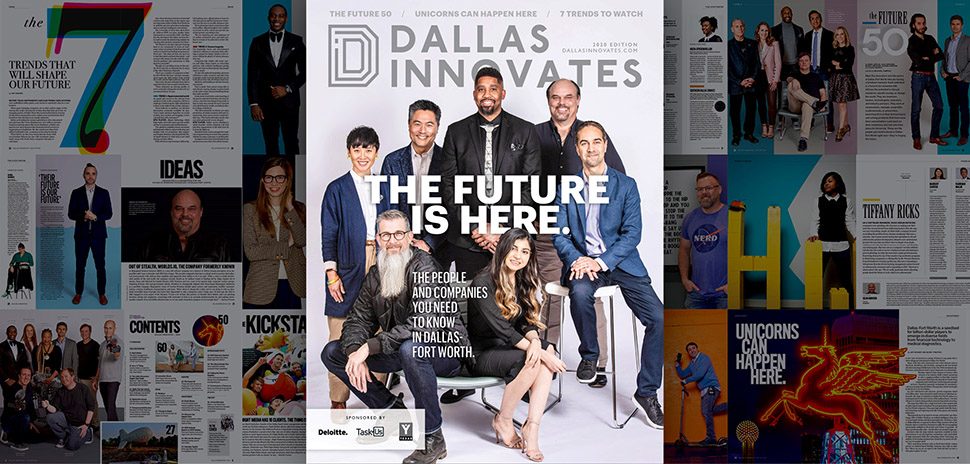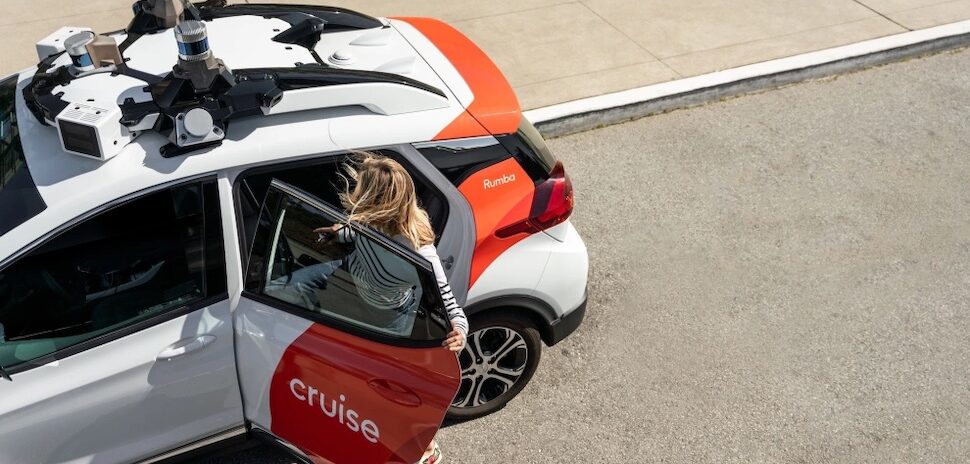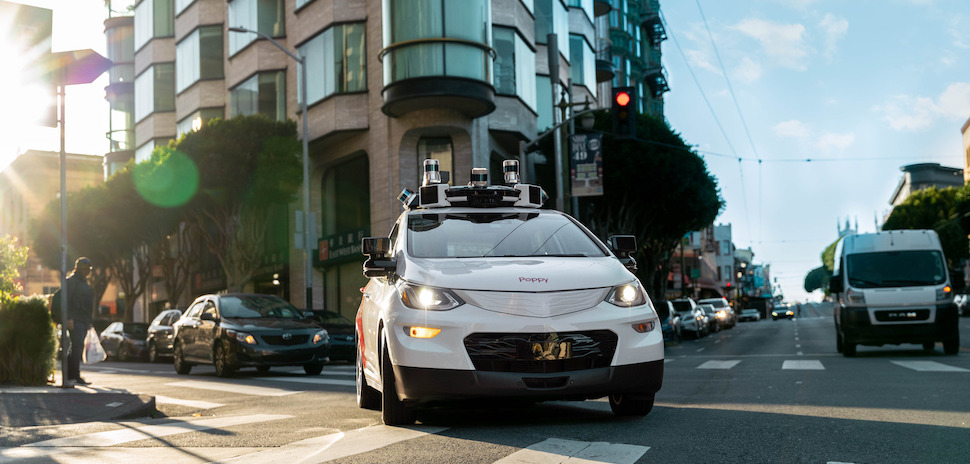
Cruise robo-taxi daytime operations in San Francisco. [Photo: Cruise Automation]
Last month, GM-owned Cruise began operating “less than 10” self-driving robotaxis on the streets of Dallas, in the final stages of testing in the city ahead of a commercial launch. The only person in the vehicle was a Cruise employee in the back. However, that process was paused in late October following the Cruise car crash in San Francisco, and the company's entire fleet of driverless vehicles is now being recalled.
Cruise, which has already launched commercial robot taxi services in San Francisco, Austin and Phoenix, made the move in response to an incident involving a pedestrian in San Francisco on October 2nd. A woman falls into the path of a cruise robot taxi after being hit by a hit-and-run human driver. According to the San Francisco Chronicle, citing California's DMV, the vehicle slammed on its brakes and then performed a “pullover maneuver” that dragged the woman about 20 feet beneath the vehicle at low speed. It is said that he was trapped. .
According to the Chronicle, this was “the first serious injury crash involving an AV in San Francisco.” This incident, and the suspicion that Cruise had initially withheld the full video of what happened during a meeting with the DMV and California Highway Patrol, prompted the DMV to file a complaint on Oct. 24 in California. This led to the temporary suspension of Cruise's activities.
Cruise announced in a blog post Wednesday that it has issued a voluntary software recall that affects its entire fleet of unmanned vehicles.
The company, founded in 2013 and acquired by General Motors in 2016 for $1 billion, also announced a series of moves it is making in response to what has happened since Oct. 2.
Cruise develops software update for recalled vehicles
“We recently announced that we are suspending all unattended operations while we take time to review our processes, systems and tools and improve the way we operate,” the company said.
“As part of our larger effort to work with NHTSA and other regulatory agencies to assess, identify and remediate the issue, we have voluntarily recalled some of our products. [autonomous vehicle] “The software is based on new analysis of our AV's post-crash response on October 2nd,” the company added. “This recall addresses situations where the Cruise Collision Detection Subsystem may cause a Cruise AV to attempt to veer out of its lane without stopping if a pullover is not the desired post-crash response. .
“We have developed a software update that resolves the issues described and have deployed it to our supervised test fleet, which continues to operate today,” Cruise said in a statement. We plan to implement this remedy in our fleet before we resume driverless vehicle operations. ”
“We determined that prior to the software update, similar crashes with a risk of serious injury could have occurred again every 10 million to 100 million miles, on average, and we continue to make improvements. “We are working hard to further reduce such accidents,” the company said. Said. “As our software improves, we may file additional recalls to inform both NHTSA and the public of updates that enhance safety across our fleet.”
Chief safety officer role created, law firm and engineering firm working together
In addition to the software recall, Cruise announced the creation of a chief safety officer role and said a search for a CSO is underway. The company said it hired a third-party law firm to investigate the Oct. 2 incident “including Mr. Cruz's subsequent interactions with law enforcement, regulators, and the media.”
Cruise also said it hired “an independent third-party engineering firm to conduct a technical root cause analysis of the October 2 incident” and will incorporate the findings into the company's safety and engineering processes. he added.
To learn more about the initiatives Cruise is taking, including community engagement, check out our blog post.
![]()
Please put it on the list.
Dallas innovates every day.
Sign up to stay up-to-date on what's new and next in Dallas-Fort Worth, every day.

